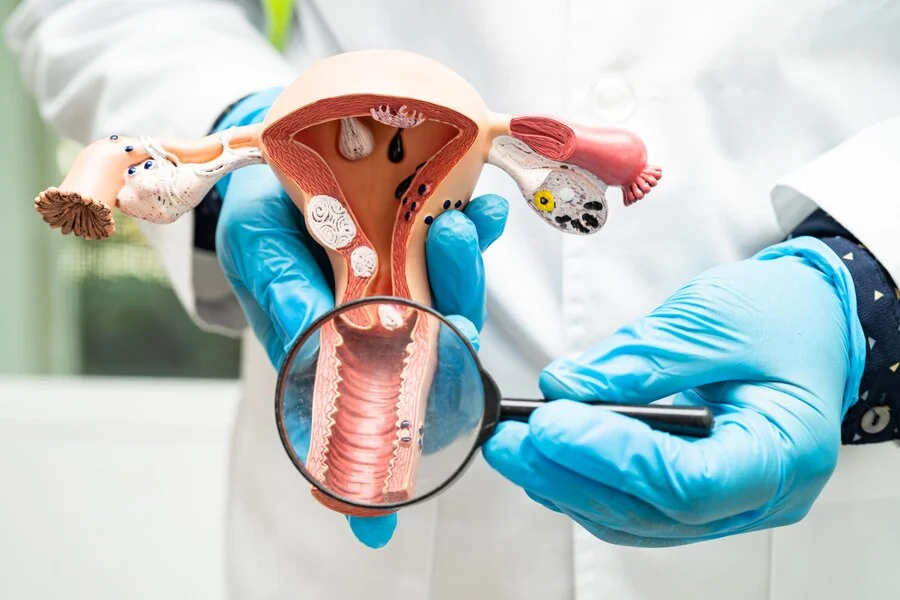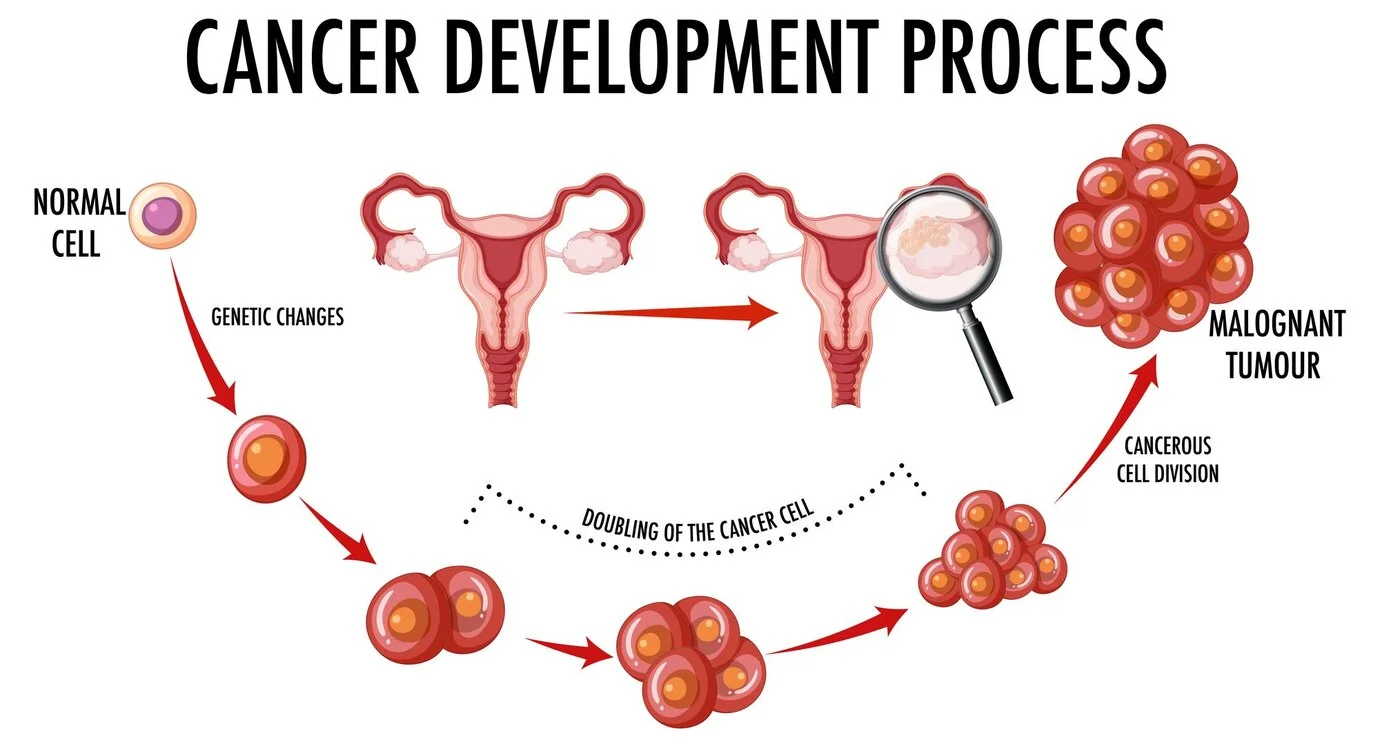Shedding Light on Uterine Cancer, Dispelling Myths, and Empowering Women with
Knowledge
Uterine cancer, also known as endometrial cancer, is a type of
cancer that develops in the lining of the uterus. While uterine cancer can be frightening,
early detection and prompt treatment can significantly improve outcomes. In this article, we
delve into the intricacies of uterine cancer, dispel myths, and offer empowering insights
into prevention, symptoms, and treatment options.
Understanding Uterine Cancer
Uterine cancer originates in the endometrium, the lining of the
uterus, where abnormal cells begin to multiply uncontrollably, forming tumors. While the
exact cause of uterine cancer is unknown, certain risk factors may increase the likelihood
of developing the disease, including obesity, hormonal imbalances, age (typically
postmenopausal), a history of estrogen-related conditions (such as polycystic ovary syndrome
or endometrial hyperplasia), and a family history of uterine or colon cancer.
Dispelling Myths and Misconceptions
Despite its prevalence, uterine cancer is often surrounded by
myths and misconceptions. One common misconception is that uterine cancer only affects older
women, when in fact, it can occur at any age, although the risk increases with age. Another
myth is that uterine cancer is solely caused by reproductive factors such as childbirth or
contraceptive use, when in reality, it can be influenced by a variety of factors including
hormonal imbalances, obesity, and genetic predisposition.
Identifying Symptoms and Risk Factors
Uterine cancer can present with a variety of symptoms, including abnormal vaginal bleeding
(such as postmenopausal bleeding or unusually heavy periods), pelvic pain or pressure,
abnormal vaginal discharge, and changes in urinary habits. Risk factors for uterine cancer
include obesity, hormonal imbalances (such as estrogen dominance), a family history of
uterine or colon cancer, and certain medical conditions such as diabetes and polycystic
ovary syndrome.
Diagnosis and Treatment Options
Diagnosis of uterine cancer typically involves a combination of medical history review,
physical examination, imaging tests (such as ultrasound or MRI), and biopsy to confirm the
presence of cancerous cells. Treatment options for uterine cancer may include surgery (such
as hysterectomy or lymph node removal), radiation therapy, chemotherapy, hormone therapy, or
targeted therapy, depending on the stage and characteristics of the cancer.
Prevention and Screening
Prevention of uterine cancer involves maintaining a healthy lifestyle, achieving and
maintaining a healthy weight, managing hormonal imbalances, and attending regular
gynecological check-ups. Screening for uterine cancer may involve pelvic exams, transvaginal
ultrasound, endometrial biopsy, or other imaging tests to detect abnormalities in the uterus
and endometrium.
In Conclusion: Embracing Knowledge and Advocacy
Uterine cancer is a complex disease that requires awareness, knowledge, and proactive
management. By understanding the risk factors, symptoms, and treatment options for uterine
cancer, individuals can take control of their health and well-being. Let us continue to
raise awareness, advocate for access to healthcare resources, and support research efforts
to improve uterine cancer prevention, diagnosis, and treatment. Together, we can empower
women to recognize the signs, seek prompt medical attention, and navigate the path to
recovery and long-term health.





